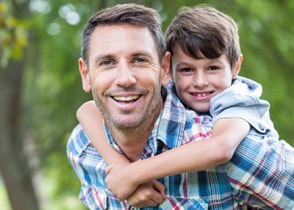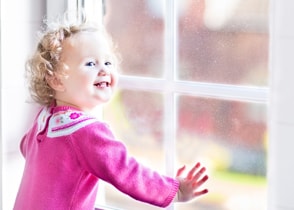Response to Recent Community Tragedies
We at Margiotti & Kroll Pediatrics and MKPlus are aware of the recent tragedies that deeply affect our community. You may be uncertain of how to help our children cope with the news they may be hearing. Our website offers some suggestions to aid in important conversations you will have with your children. These conversations are particularly important because children and adolescents obtain information from many sources. Gently talking with your children provides support, information, and resources they need. Expect that your child will need reassurance for several weeks.
Our counselors are ready to help you explain the unexplainable and support you through this difficult time. Please call us with any concerns or questions.
Sincerely,
Margiotti & Kroll Pediatrics
MKPlus 215-968-5151
Talking to Children About Death Due to Homicide
If you are aware of the recent traumatic events in your community, so are your children and adolescents. The following are suggestions to use when talking with your children/adolescents about recent traumatic events.
Most importantly, turn off the news. Be mindful of the topics of adult conversations. Children and adolescents hear information even when we think they are not listening. They gather misinformation from tidbits of conversations they overhear from adults and from their peers.
During a quiet time (on a car ride) when you can have a private conversation with one child at a time (not before bedtime) ask your child if he or she has heard about sad or worrisome things from anyone or from television. Be mindful to listen to the words they use to describe the event, resist adding your own information. After your child is finished with their sharing, ask for meaning of words that you think your child might not understand. That provides you an understanding of your child’s comprehension of words, and his/her understanding of what happened.
Your response to your child is based upon what they told you. Provide information limited to what they know to correct any misinformation. Your child might identify fears he/she is experiencing. Reassure your child they are safe, and the ways you keep them safe (locking the doors, making sure they are safely in a seat belt or car seat, supervising them when they are at the park or pool). You may repeat these conversations many times.
The website www.winstonswish.org.uk for bereaved children offers thoughtful and sensitive information to use when explaining homicide to young children and adolescents. The information is found by clicking on the “Explaining homicide to young children,” tab on the website. The information describes the need for pace, developmentally appropriate language, and process of explaining that someone died. The hierarchy described on the website includes; explaining that someone died, and perhaps if asked providing the simplest of details about the person’s death. For adolescents who ask more questions, and perhaps have had exposure to more information a parent might want to provide a few age appropriate details of how the person died. This information is cautiously, carefully provided with thoughtful appropriate language.
It is not unusual for children and adolescents to exhibit intense temporary anxiety upon learning of a traumatic event. Some behaviors include; unusual clinging behavior, difficulty falling asleep, waking up in the night, irritably, and reluctance to be away from caregivers. Anxiety can be prompted by transitions that can happen throughout the day. Children may have heightened awareness of the absence of mom, dad, and caregivers. During these times, quiet reassurance, perhaps an extra hug, and a reminder that he/she is safe, and in familiar surroundings (playground, toys, teachers, friends) can be comforting. A reminder that mom/dad/caregiver will return to get him/her, just like always.


